Port and Douro Wine Route
- participate in the grape harvest in September and October, in most of the Douro quintas, especially those geared up for wine tourism.
- participate in tastings on wine-producing quintas.
- visit the Port Wine Lodges in Gaia, where Port is aged.
- visit the wine producing villages of Barcos, Favaios, Provesende, Ucanha, Salzedas and Trevões
In the grandiose amphitheatre of the Douro Valley, classified World Heritage, man gave birth to Port wine and table wines of great quality.
Port wine is the oldest ambassador for Portugal. Grown on the terraces of the Douro, it proudly belongs to one of the oldest demarcated regions of the world, since the Companhia Geral da Agricultura das Vinhas do Alto Douro (General Agricultural Company for the Vineyards of the Upper Douro) was created in 1756. Its mission was to set the boundaries of the region, register the vineyards and classify the wines according to their quality.
Douro table wines, which in recent decades have gained great renown and have been acclaimed across borders, thanks to the quality of both the reds and whites, and even the rosés, are also produced here.
Inseparable from the River Douro that runs through deep valleys from the border with Spain until near Porto, this region of schist mountains, with poor, harsh soils, was transformed by the actions of the men who planted the vineyards step by step. Green in summer, fiery red in autumn, the vineyards have created a unique landscape classified by UNESCO.
Let the Douro landscape enrapture you: the valleys, the blue ribbon of the river meandering down below, the terraced vineyards, the pure air... Although today the rabelo boats can no longer be seen transporting the wine down river, the wine still travels down the river to Porto, where it is aged in the neighbouring Lodges in Gaia, and so has inherited from its place of departure the name that has made it famous for the rest of the world.
The winegrowing region is divided into three areas. To the west, in the Lower Corgo, is the capital of Port wine, the city of Peso da Régua, where you must pay a visit to Museu do Douro and the Solar do Vinho do Porto, to taste and learn more about this nectar. Pinhão is in the sub-region of the Upper Corgo, where the most famous Port Wines are concentrated. Near Peso da Régua is the viewpoint of São Leonardo de Galafura. But the landscape you can admire from São Salvador do Mundo is no less exciting. This is on the south bank, in the sub-region of Upper Douro, close to São João da Pesqueira.
An interesting feature of the Port Wine Route is that you can also make it by car, train or boat, since the river is navigable from Porto to Barca de Alva, on the border with Spain. A good suggestion to make the trip is to embark at the Gaia pier and follow the river to Régua, the most important railway station on the route, where you can catch the old steam train and depart on a historic journey. You must take a look at the tiles in Pinhão station, depicting wine-related activities, then cross the bridge and go along the undulating roads that border the river on the south side.
And do take the opportunity to visit some of the many estates that produce Douro wine and Port, some of which are prepared for wine tourism. After all, what better place to sample a glass of port or enjoy a good Douro wine with your meal? Indeed, almost three hundred years since the Marquis of Pombal decreed that this winemaking region should be demarcated, in addition to Port wine, the wines of the Douro have also gone on to win first place in international competitions. And they taste even better in the land that produces them.


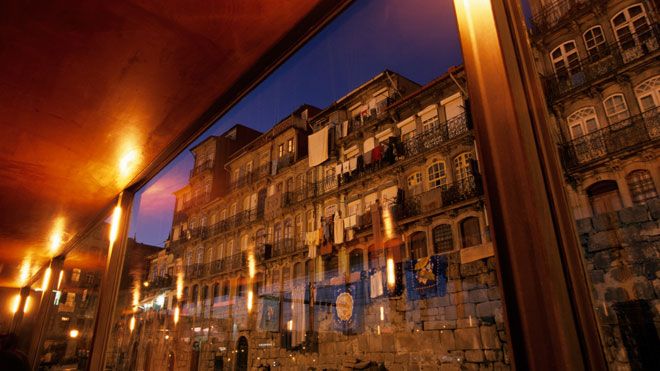





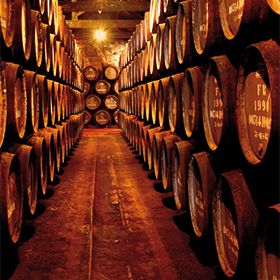

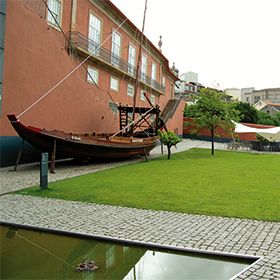

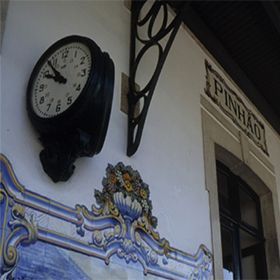
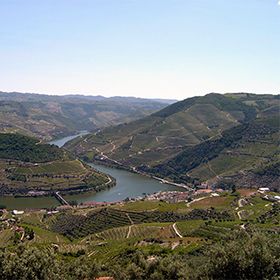
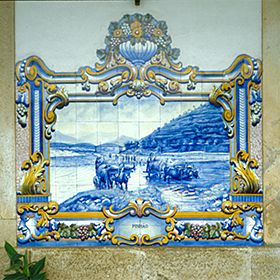

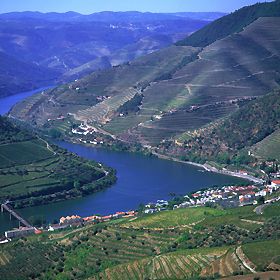

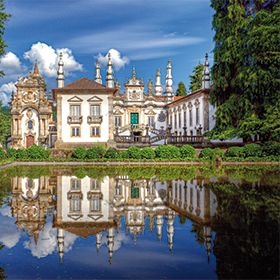
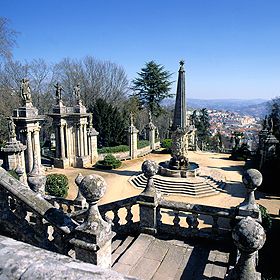




 Explore
Explore 
 Remember and Share
Remember and Share 


